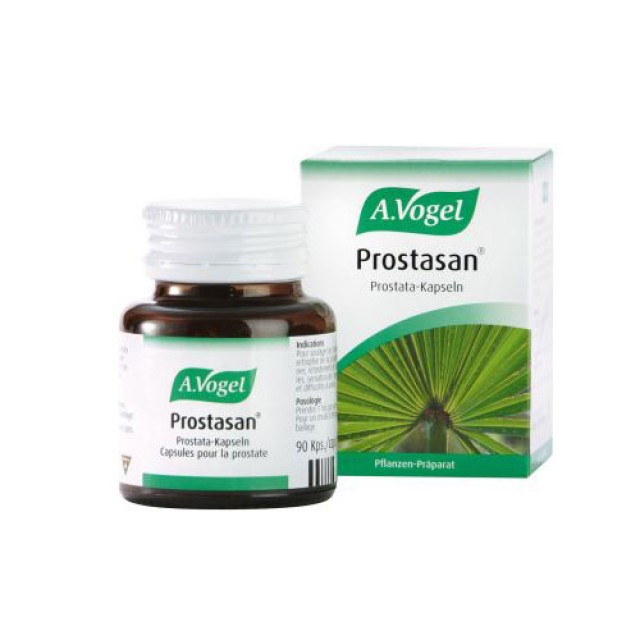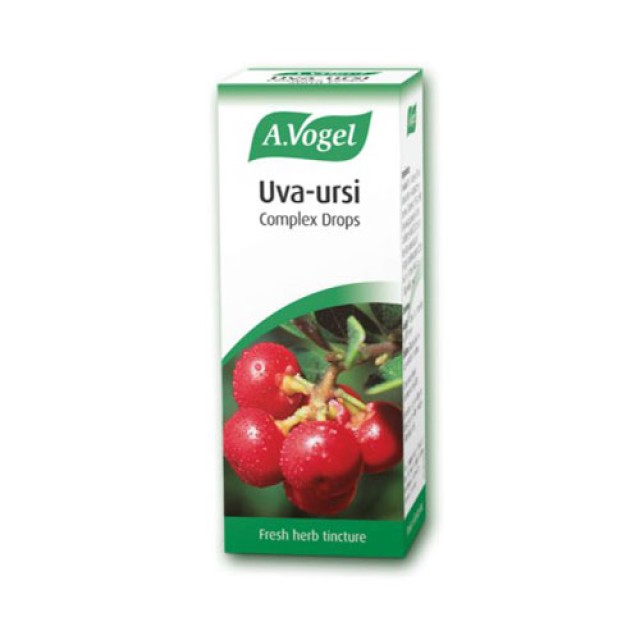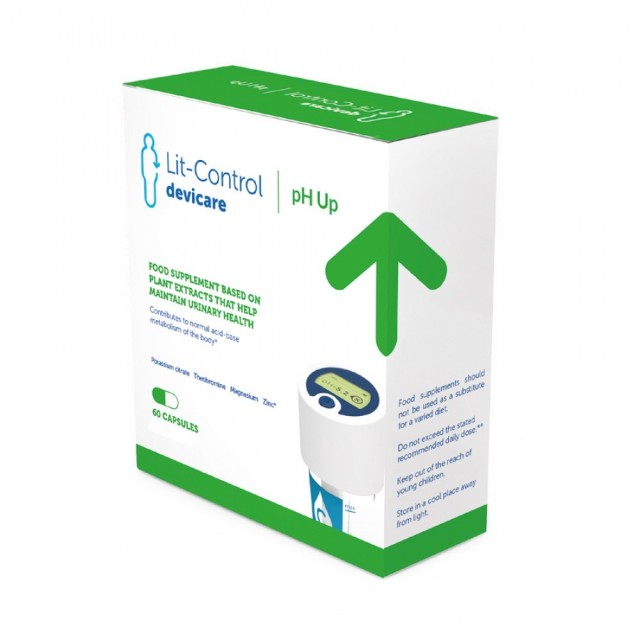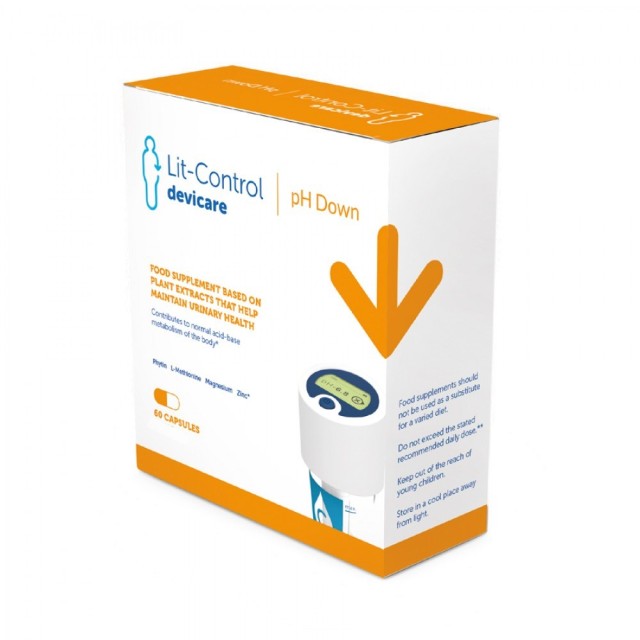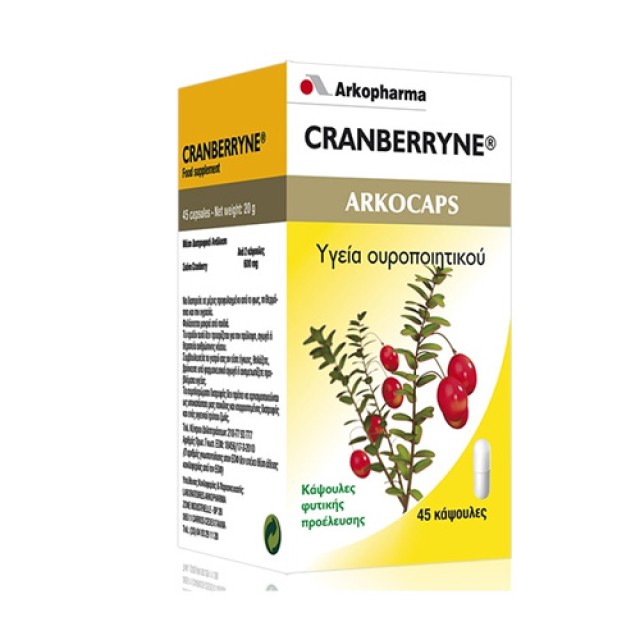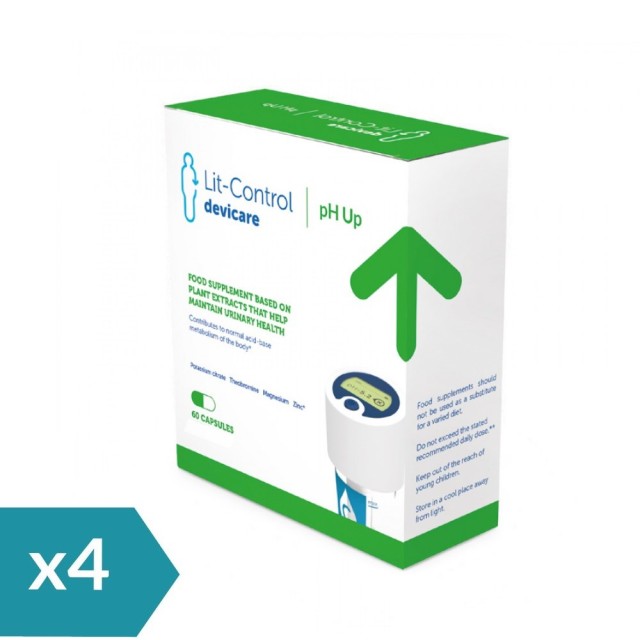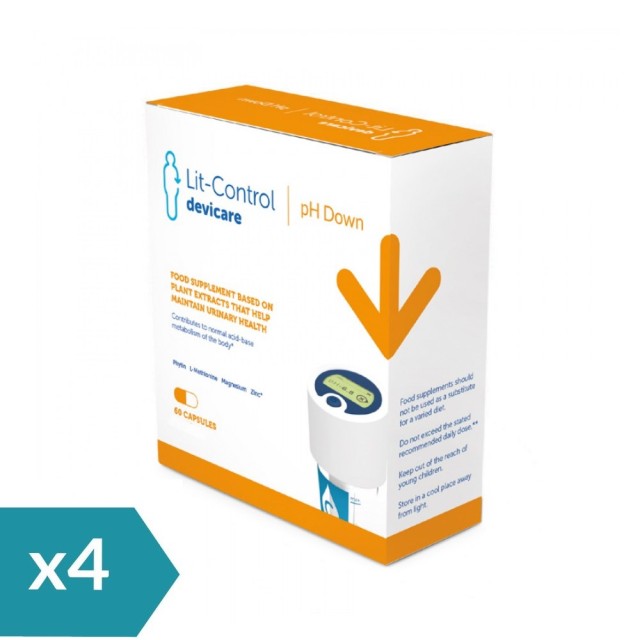Free shipping for orders over 39.00€
Canoxidin 90tabs
- Description
- Reviews
Canoxidin is an innovative solution designed to prevent the risks of complications associated with indwelled urological devices like double J stents, Foley catheters, nephrostomies or urostomies.
Several complications are commonly associated with indwelled urological devices:
- CaUTIs (Catheter associated Urinary Tract Infection).
- Blockages stopping complete urine voiding.
- Encrustations and incrustations can diffi cult the voiding, complicate removal procedure and lead to renal failure or even death.
- Noninfectious complications (i.e., pain or discomfort, leaking urine, urgency or bladder spasms, blood in the urine, and trauma to the surrounding skin).
Those complications have a higher tendencies in stone formers. (1)
The longer the duration the higher the tendency to develop encrustation. (1)
Up to 70% of patients with long-term catheters will suffer from catheter associated urinary tract infections (CAUTI) and up to 50% from catheter blockage. (2)
- L-Methionine (4,5) Acidifi er Counteracts tendency to alkaline urine due to urease positive bacteria activity.
- Phytin (6,7,8) Inhibits calcium and magnesium cristallisation
- Prevents precipitation of alkaline-related crystals like brushite, hydroxyapatite or struvite.
- Theobromine (9,10) Specific inhibitor of uric acid cristallisation. Prevents precipitation of uric acid crystals.
UNIQUE COMBINATION OF ACTIVE INGREDIENTS
- Canoxidin® decreases more than 8 times the probability of severe to complete blockage of urological devices. (11)
- Canoxidin® signifi cantly reduced overall incrustation. (11)
- Canoxidin® allows safer and longer indwelling time of urological devices.
How it works?
Canoxidin has a dual mechanism of action to prevent bacteriuria and calcifi cation of the urological indwelling devices:
STENTS ENCRUSTATION /INCRUSTATION
- Foreign body introduction: Bacterial contaminatio
- Conditioning film formation (layer of proteins and organic molecules covering the device)
- Potential alkalinization of urine pH associated with contaminating urease positive bacteria
- Heteronucleation: crystal deposition (ions + minerals + organic matter)
- Incrustation / encrustation / blockage / leakage
FOLEY CATHETER
- Foreign body introduction: Bacterial contamination
- Conditioning fi lm formation (layer of proteins and organic molecules covering the device)
- Bacterial adhesión: alkalinisation due to urease positive bacteria (Proteus sp., Klebsiella sp., and Morganella sp.)
- Crystal deposition induced by bacteria
- Partial or complete blockage
- Uncomplete voiding
- Bacteriuria
- CaUTI
Indications:
For all patients with indwelling urological device or intermittent catheterization.
Benefits:
- Reduced probabilities of incrustations, encrustations or blocking, leading to a fast, cost-less and uncomplicated urological device removal procedures, non requiring extra surgical manipulations.
- Smooth and non-tissue damaging extraction because non-crystallized urological devices surface.
- Longer times of indwelling devices without changes.
- Reduced consumption of antibiotics.
- Less CaUTIs or UTIs associated to stent wearing.
- Improve patient’s quality of life.
How to use:
3 tablets per day, one before each meal with a glass of water, during the indwelling time of the device

1.Vanderbrink BA, Rastinehad AR, Ost MC, Smith AD. Encrusted urinary stents: evaluation and endourologic management. J Endourol. 2008 May;22(5):905-12. doi: 10.1089/end.2006.0382. PMID: 18643720. 2.Nicolle LE. Catheter associated urinary tract infections. Antimicrob Resist Infect Control. 2014;3:23. Published 2014 Jul 25. doi:10.1186/2047-2994-3-23 3.Barros, A. A., et al. Ureteral Stents Technology: Biodegradable and Drug-Eluting Perspective. Reference Module in Materials Science and Materials Engineering Comprehensive Biomaterials II, Volume 7, 2017, Pages 793-812. 4.Türk C, et al. Guidelines on Urolithiasis. European Association of Urology 2016. Update 2018 https://uroweb.org/guideline/urolithiasis/#4 5.Siener R, Struwe F, Hesse A. Effect of L-Methionine on the Risk of Phosphate Stone Formation. Urology. 2016 Dec;98:39-43. 6.Grases F., Ramis, M., Costa-Bauza, A. Effects of phytate and pyrophosphate on brushite and hydroxyapatite crystallization – Comparison with the action of other polyphosphates, Urol. Res. 2000, 28, 136–140. 7.Conte et al, Urinary lithogenic risk test: Usefulness in the evaluation of renal lithiasis treatment using crystallization inhibitors (citrate vs phytate), Arch. Esp. Urol. 52, 3 (305-3/0), 1999. 8.Curhan et al, Dietary factors and the risk of incident Kidney Stones in Younger Women. Arch Intern Med. 2004;164:885-891. 9. Grases F, Rodríguez A, Costa-Bauza A. et al. Theobromine inhibits uric acid crystallization. A potential application in the treatment of uric acid nephrolithiasis. PLoS ONE 9(10): e111184.10.Hernandez Y, et al. Comparison of Two Dietary Supplements for Treatment of Uric Acid Renal Lithiasis: Citrate vs. Citrate + Theobromine. Nutrients 2020. 11.Torrecilla C, et al. Reduction of ureteral stent encrustation by modulating the urine pH and inhibiting the crystal fi lm with a new oral composition: a multicenter, placebo controlled, double blind, randomized clinical trial. BMC Urol. 2020 Jun 5;20(1):65. CAN-01.4C20 – Rev. 00 – 23/10/2020
Barcode: 8436581002232


